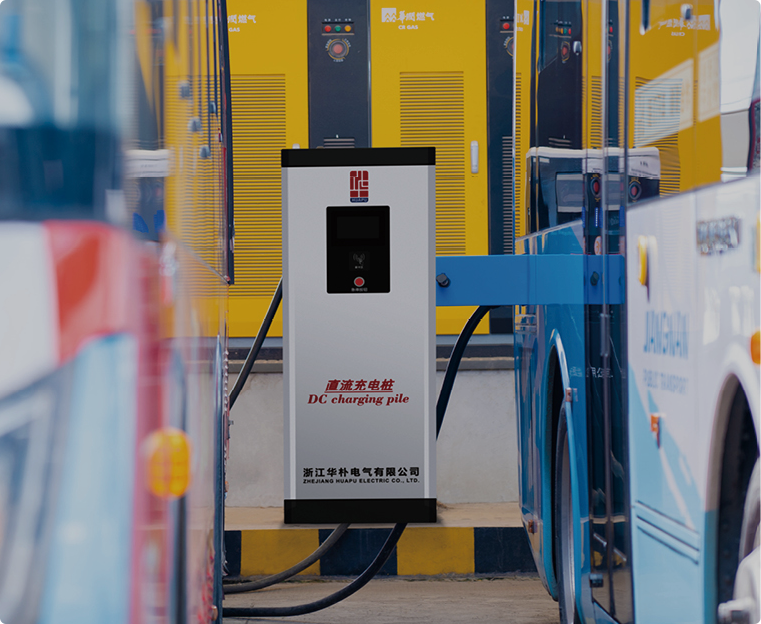Industry News
Flexible Bifacial PV Modules for Adaptable Solar Power Solutions
Flexible bifacial photovoltaic (PV) modules are a specialized form of solar technology that combines two features: the ability to generate electricity from both sides of the panel and a flexible physical structure that can conform to non-flat surfaces. These characteristics make them suitable for a range of non-traditional and space-sensitive solar applications where rigid modules are impractical.
Flexible bifacial PV modules use solar cells that can collect sunlight on both the front and back surfaces. The front side absorbs direct sunlight, while the rear side captures reflected and diffused light from surrounding surfaces such as rooftops, concrete, water, or sand. This two-sided absorption can help increase the total energy output, especially when installed in areas with reflective ground materials.
Flexible bifacial PV modules are lightweight solar panels that generate electricity from both front and back surfaces. Their bendable design allows installation on curved or uneven surfaces, while dual-sided light absorption increases energy output. These modules are suitable for portable systems, building integration, and applications with limited space or unique shapes.
Instead of traditional glass, these modules are typically constructed with lightweight and flexible substrates like transparent polymers or thin composite films. The flexibility allows the panels to bend without damage, adapting to curved or angled surfaces while maintaining their energy-generating capability.
The rear surface contributes to energy production by using light that bounces off nearby surfaces. This feature is more effective in environments with higher reflectivity.
The panels can be installed on surfaces that are not flat, such as arched roofs, vehicle tops, or custom architectural elements. This enables solar energy use in locations that are not suited for conventional flat panels.
Due to the absence of heavy glass and framing, flexible bifacial modules are significantly lighter than rigid panels. This reduces the structural demands on rooftops and other supporting surfaces.
The adaptable form makes them suitable for integration into surfaces where aesthetics or form factor are important, including portable power units, textile-covered frames, and temporary structures.
Their compact and lightweight nature can lower shipping costs and ease installation, particularly in remote areas or applications requiring fast deployment.
Lightweight Roofs and Canopies: Useful in settings where traditional panels may be too heavy, such as bus shelters, carports, or tent structures.
Transportation and Mobility: Can be integrated onto the surfaces of electric vehicles, boats, or mobile workstations for supplementary power.
Architectural Applications: Integrated into curved building facades, shading devices, or flexible awnings.
Remote and Emergency Installations: Deployed in off-grid or temporary setups like disaster response areas, field operations, or isolated stations.
Agrivoltaics and Greenhouses: Applied to greenhouse roofs, where partial light transmission and dual-sided collection can enhance space use.
When using flexible bifacial PV modules, it's important to consider both mechanical and environmental factors. Surfaces with high reflectivity can improve rear-side efficiency. Appropriate spacing and mounting structures may be needed to ensure airflow and light access. Though flexible, these modules should still be installed with care to avoid excessive folding or strain.
Moreover, matching inverters and control systems should be compatible with the module's voltage and power characteristics for stable performance.
Flexible bifacial PV modules offer a useful alternative to traditional solar panels, especially in applications requiring lightweight, curved, or mobile installations. Their dual-sided light capture and mechanical adaptability allow for greater flexibility in system design and deployment.

Next
Applications and Benefits of Flexible Bifacial PV Modules
<p><a href="/product/high-voltage-switchgear/" target="_blank">Flexi...
View More- PRODUCTS
- New Energy Power Distribution Equipment
- Box Type Substation
- Cable Branch Box/Switch Station
- High Voltage Switchgear
- Low Voltage Switchgear
- Engineering Vacuum Circuit Breaker
- New Energy Vehicle Floor Charging Pile
- Commercial Energy Storage
- Photovoltaic Complete Box
- High Voltage Arrester
- INFORMATION
-
-
Phone+86-13868788848
+86-13356188725 -
Tel+86-0577-88810567
-
E-mail
-
AddNo. 59, Youyi Road, Xinguang Industrial Zone, Liushi Town, Yueqing City, Zhejiang, China
-
- ENQUIRE WITH US
Photovoltaic Module Manufacturer




 English
English  中文简体
中文简体  русский
русский  Español
Español  عربى
عربى 


